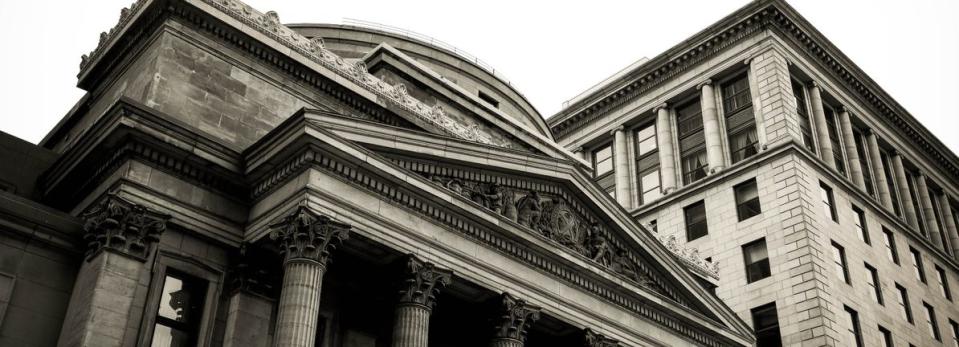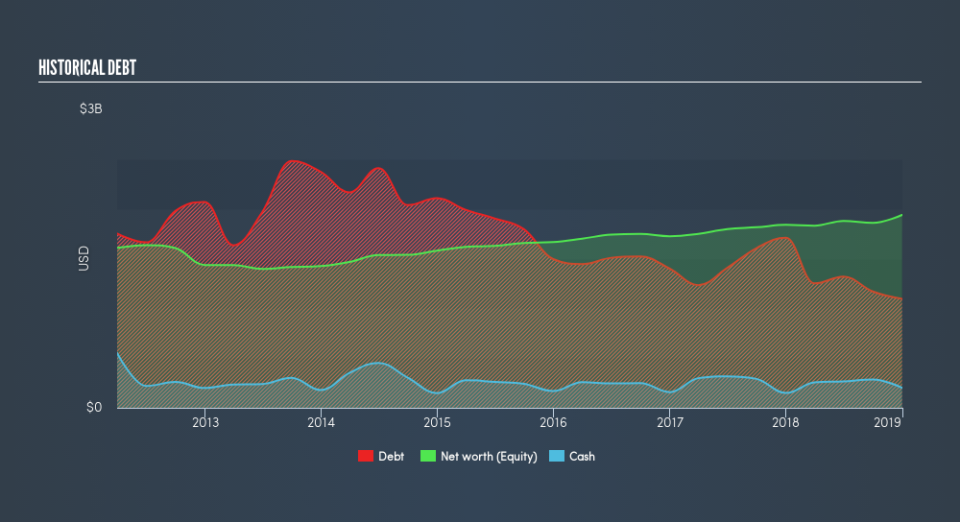Why These Fundamentals Make International Bancshares Corporation’s (NASDAQ:IBOC) More Attractive

As a small-cap bank stock with a market capitalisation of US$2.6b, International Bancshares Corporation’s (NASDAQ:IBOC) risk and profitability are largely determined by the underlying economic growth of the US regions in which it operates. Since banks make money by reinvesting its customers’ deposits in the form of loans, strong economic growth will drive the level of savings deposits and demand for loans, directly impacting the cash flows of those banks. After the Financial Crisis in 2008, a set of reforms called Basel III was created with the purpose of strengthening regulation, risk management and supervision in the banking sector. The Basel III reforms are aimed at banking regulations to improve financial institutions’ ability to absorb shocks caused by economic stress which could expose banks like International Bancshares to vulnerabilities. Its financial position may weaken in an adverse macro event such as political instability which is why it is crucial to understand how well the bank manages its risks. Strong management of leverage and liquidity could place the bank in a protected position at the face of macro headwinds. We can gauge International Bancshares’s risk-taking behaviour by analysing three metrics for leverage and liquidity which I will take you through now.
See our latest analysis for International Bancshares
Why Does IBOC’s Leverage Matter?
Banks with low leverage are exposed to lower risks around their ability to repay debt. A bank’s leverage can be thought of as the amount of assets it holds compared to its own shareholders’ funds. Financial institutions are required to have a certain level of buffer to meet capital adequacy levels. International Bancshares’s leverage level of 6.12x is significantly below the appropriate ceiling of 20x. This means the bank exhibits very strong leverage management and is well-positioned to repay its debtors in the case of any adverse events since it has an appropriately high level of equity relative to the debt it has taken on to remain in business. Should the bank need to increase its debt levels to meet capital requirements, it will have abundant headroom to do so.
What Is IBOC’s Level of Liquidity?

As I eluded to above, loans are relatively illiquid. It’s helpful to understand how much of this illiquid asset makes up the bank’s total asset. Normally, they should not exceed 70% of total assets, which is the case for International Bancshares’s ratio at 55%. At this level of loan, the bank has preserved a sensible level between maintaining liquidity and generating interest income from the loan.
What is IBOC’s Liquidity Discrepancy?
IBOC profits by lending out its customers’ deposits as loans and charge an interest on the principle. Loans are generally fixed term which means they cannot be readily realized, however, customer deposits are liabilities which must be repaid on-demand and in short notice. This mismatch between illiquid loans and liquid deposits poses a risk for the bank if unusual events occur and requires it to immediately repay its depositors. Relative to the prudent industry loan to deposit level of 90%, International Bancshares’s ratio of over 75%is appropriately lower, which positions the bank cautiously in terms of liquidity as it has not disproportionately lent out its deposits and has retained an apt level of deposits.
Next Steps:
International Bancshares passes all of our liquidity and leverage checks, suggesting it is prudent in managing those factors. This gives us confidence in the risk management side of the business, an important aspect to consider before investing in the stock. Its high liquidity and low leverage levels mean the bank is well-positioned to meet its financial obligations in the case of any adverse and unpredictable macro events. Today, we’ve only explored one aspect of International Bancshares. However, as a potential stock investment, there are many more fundamentals you need to consider. There are three relevant aspects you should look at:
Future Outlook: What are well-informed industry analysts predicting for IBOC’s future growth? Take a look at our free research report of analyst consensus for IBOC’s outlook.
Valuation: What is IBOC worth today? Has the future growth potential already been factored into the price? The intrinsic value infographic in our free research report helps visualize whether IBOC is currently mispriced by the market.
Other High-Performing Stocks: Are there other stocks that provide better prospects with proven track records? Explore our free list of these great stocks here.
We aim to bring you long-term focused research analysis driven by fundamental data. Note that our analysis may not factor in the latest price-sensitive company announcements or qualitative material.
If you spot an error that warrants correction, please contact the editor at editorial-team@simplywallst.com. This article by Simply Wall St is general in nature. It does not constitute a recommendation to buy or sell any stock, and does not take account of your objectives, or your financial situation. Simply Wall St has no position in the stocks mentioned. Thank you for reading.

 Yahoo Finance
Yahoo Finance 
